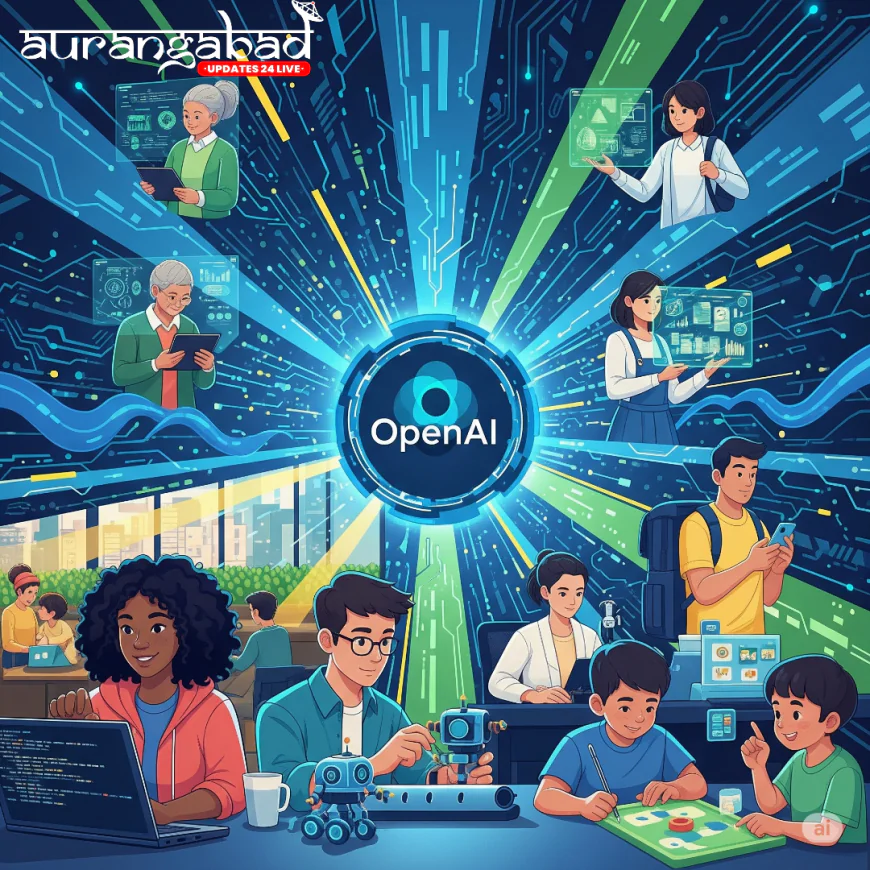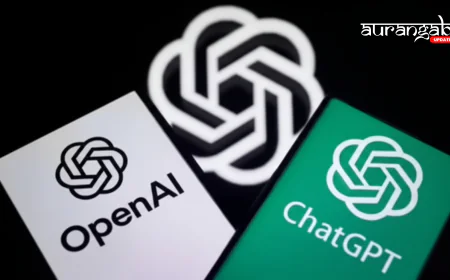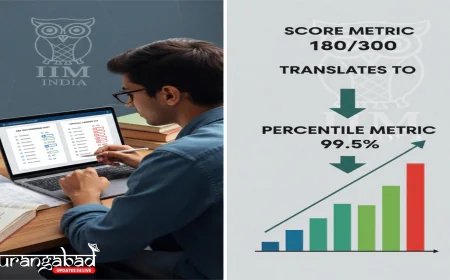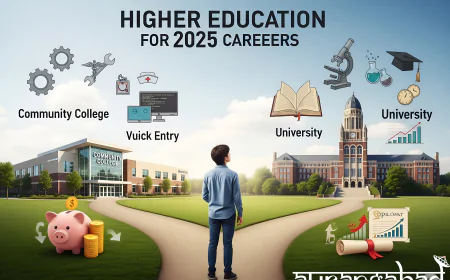OpenAI Launches New Open-Source AI Models, Challenging Tech Giants
OpenAI has released two new open-source AI models, GPT-OSS-120B and GPT-OSS-20B, marking a significant shift in its strategy. Learn how these models aim to democratize AI development, empower innovators, and redefine the open-source landscape.

OpenAI, a name synonymous with cutting-edge artificial intelligence, has made a monumental move that is set to reshape the industry. The company, which has historically focused on closed-source models like GPT-4, has now released two new open-weight AI models: GPT-OSS-120B and GPT-OSS-20B. This decision, championed by CEO Sam Altman, signals a pivotal moment in the ongoing debate between open and closed AI ecosystems. The release of these models, available under the permissive Apache 2.0 license, is not just a technical announcement but a powerful statement about the company's evolving vision for the future of AI.
This new initiative aims to democratize access to powerful AI technology, allowing developers, researchers, and innovators of all sizes to build sophisticated applications without the high costs typically associated with large-scale models. By providing these tools as a free, open-source resource, OpenAI is actively fostering a community of creators and accelerating the pace of AI innovation across the globe.
Understanding the Models: Technical Prowess and Accessibility
The two new models are designed to cater to different needs and computational environments, showcasing a thoughtful approach to accessibility. The larger and more powerful model, GPT-OSS-120B, boasts an impressive 117 billion parameters. This scale allows it to perform at a level comparable to OpenAI's own o4-mini model, yet it has been optimized to operate efficiently on a single GPU. This is a game-changer for many developers and startups who can now access high-performance AI capabilities without needing a massive data center.
For developers working with more constrained resources, the GPT-OSS-20B model, with its 21 billion parameters, is an ideal solution. This smaller, highly-optimized model is designed to run on devices with as little as 16GB of memory, making it suitable for deployment on consumer devices like smartphones and laptops. The ability to run a powerful language model locally on a device opens up a new realm of possibilities for edge computing and privacy-preserving AI applications.
Both models are built on a Transformer architecture and leverage advanced memory efficiency techniques. This engineering focus ensures that they are not just powerful but also practical for a wide range of real-world applications.
Beyond the Code: Capabilities and Applications
The significance of these models extends far beyond their technical specifications. They are optimized for a variety of tasks, with a particular focus on reasoning. This means they excel at:
-
Complex Problem-Solving: The models can logically analyze information to arrive at a solution.
-
Function Calling: They can understand and execute code-based commands, making them highly effective for building custom tools.
-
Tool Use: They can be integrated with external tools and APIs, expanding their functionality and creating more versatile AI agents.
-
Balancing Speed and Performance: Both models have the unique ability to adjust their reasoning efforts, allowing developers to fine-tune them for either faster response times or higher accuracy, depending on the application's needs.
These capabilities make them an excellent foundation for creating a new generation of AI-powered tools, including advanced chatbots, personalized coding assistants, and automated data analysis platforms. The training data for these models was extensive, covering a wide range of text focused on coding, STEM subjects, and general knowledge, which contributes to their robust performance across different domains.
The Open-Source Debate and a Commitment to Safety
OpenAI's decision to release these models as open-source is a significant departure from its past practices and places it in direct competition with other open-source leaders like Meta, which has been pushing its Llama series. This move could accelerate the pace of innovation across the entire industry.
Importantly, OpenAI has emphasized its commitment to safety even in this open-source release. The company has performed extensive safety training and evaluations on both models to ensure they adhere to its strict safety standards. This proactive approach aims to provide the benefits of open-source development while mitigating potential risks, a key concern in the broader AI community. By providing these models under the Apache 2.0 license, OpenAI allows for both commercial and non-commercial use, further democratizing access while ensuring a clear and standardized framework for developers. This bold step from a former champion of closed-source AI is a testament to the dynamic nature of the technology landscape and the power of community-driven innovation











































